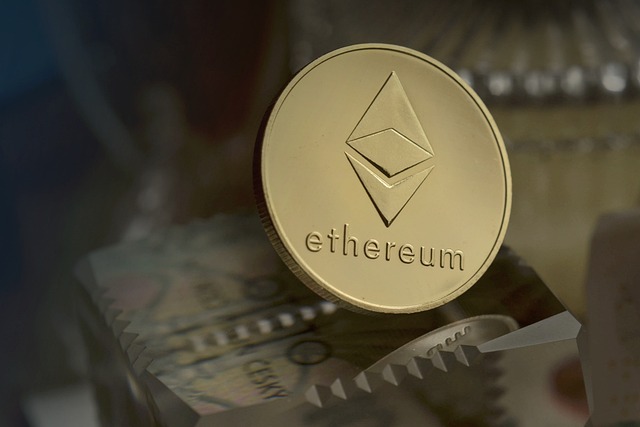How Layer-2 Solutions are Making Crypto Cheaper and Scalable

Introduction
✍️ From Bitcoin halving events to Ethereum upgrades, crypto evolves constantly. Stay informed through our crypto learning hub, updated with the most relevant events and insights.
As crypto adoption accelerates, one major hurdle remains: scalability. While Bitcoin and Ethereum have revolutionized digital finance, they struggle with high fees and network congestion. Enter Layer-2 solutions secondary protocols built on top of Layer-1 blockchains designed to increase speed, reduce transaction costs, and enhance scalability. In this article, we explore how Layer-2s are tackling crypto's biggest bottleneck and paving the way for mass adoption.
What Are Layer-2 Solutions?
Layer-2 solutions operate on top of base-layer blockchains like Bitcoin and Ethereum. By offloading transaction processing from the main chain and settling final states periodically on-chain, Layer-2s retain the security of the underlying blockchain while significantly improving performance and cost-efficiency.
Popular Layer-2 Solutions:
- Lightning Network : Built on Bitcoin for fast microtransactions
- Optimism & Arbitrum : Ethereum-based rollups to scale smart contracts
- zk-Rollups & Plasma Chains : Use zero-knowledge proofs or child chains for efficient transaction batching
Benefits of Layer-2 Solutions
1. Reduced Fees
Layer-2 networks drastically reduce gas fees. Ethereum users, for example, can cut transaction costs by up to 90% when using platforms like Arbitrum or Optimism.
2. Enhanced Speed
Since Layer-2s validate transactions off-chain, they offer near-instant finality — ideal for decentralized applications (dApps), decentralized finance (DeFi), and NFT transactions.
3. Improved Network Scalability
Layer-2s allow the base blockchain to support a much higher volume of transactions and users, solving congestion and boosting throughput.
Implications for Wallet Users
As Layer-2 adoption increases, wallet compatibility becomes critical. Here’s what users should look for:
Layer-2 Asset Support: Choose wallets that support tokens on Layer-2 protocols.
Bridging Tools: Wallets should offer seamless bridging between Layer-1 and Layer-2 networks.
Bitcoin Users: If Bitcoin is your primary asset, ensure your best bitcoin wallet supports Lightning Network transactions.
Security First: Your most secure crypto wallet should integrate Layer-2 features without compromising private key protection.
Challenges of Layer-2 Adoption
Despite their promise, Layer-2s face a few roadblocks:
Complex User Interfaces: Navigating bridges, chains, and protocols can overwhelm beginners.
Liquidity Fragmentation: Assets split across different chains may impact liquidity and usability.
Smart Contract Risks: Bugs or vulnerabilities in Layer-2 contracts can pose security threats.
The Future of Layer-2 Solutions
The next phase of Layer-2 development focuses on user experience and cross-chain integration. Innovations on the horizon include:
Unified dashboards for managing assets across multiple Layer-2s
One-click bridges to simplify fund transfers
Broader wallet compatibility with built-in Layer-2 support
Conclusion
Layer-2 solutions are transforming the crypto space by addressing the very issues that hold it back: speed, cost, and scale. They're making blockchain more usable, accessible, and globally viable. To stay ahead in this evolving ecosystem, choosing the best crypto wallet with advanced Layer-2 integration is key not just for convenience, but for future-proofing your crypto journey.
Note: IndiBlogHub features both user-submitted and editorial content. We do not verify third-party contributions. Read our Disclaimer and Privacy Policyfor details.







